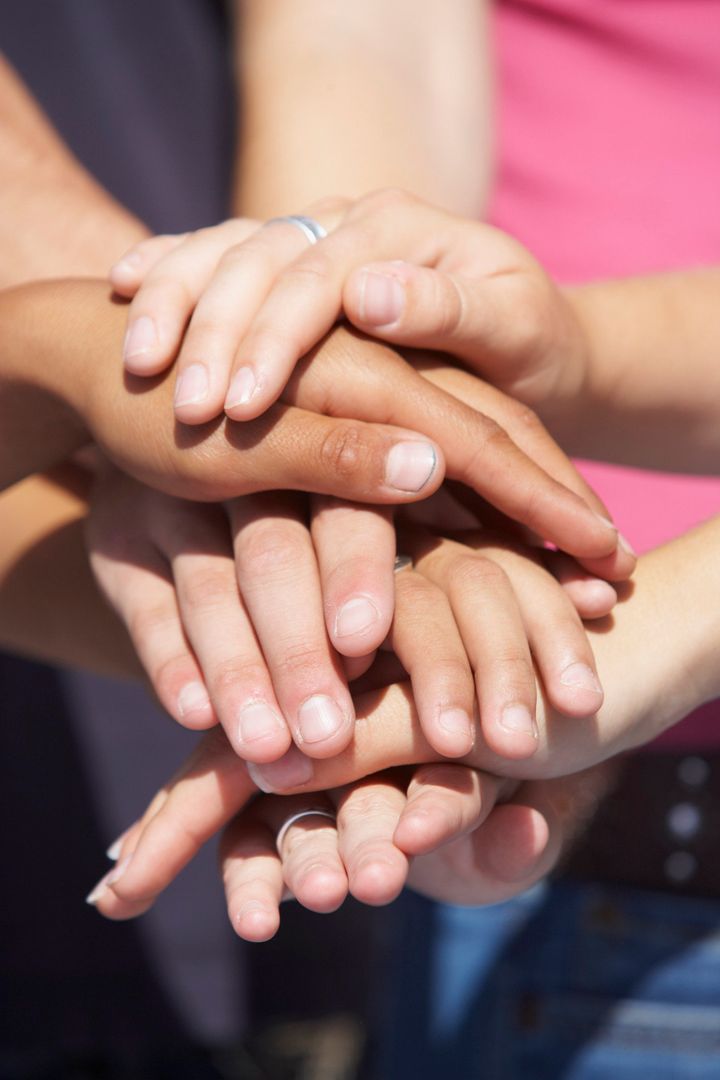
As I open my morning newspaper these days, I am reminded of what it was like to open the door to my son's room when he was a teenager. You know full well it's going to be messy; it's just a matter of how messy it's going to be. But of the full range of ugliness that seems to pervade our news these days, nothing strikes me as painful and discomforting as the death of an infant, child or young person.
Over the past two-plus years, the Los Angeles Times has intermittently reported on the story of the classroom shooting of Larry, an openly gay teen who was shot to death by a classmate, Brandon, who deeply resented suggestively sexual comments by the victim. The story reached a climax last week when a jury effectively deadlocked on a verdict regarding the shooter's guilt. The question now is whether another trial will be scheduled to determine innocence, manslaughter or murder. Not knowing the facts, and not being a lawyer, I will avoid speculating on that point.
According to newspaper reports, both victim and perpetrator were raised under difficult and troubled family circumstances. Larry was in the foster care system, and Brandon was allegedly exposed to, and victimized by, family violence over the years.
School officials apparently struggled with how to manage Larry's behavior in the months leading to the shooting. At least one official at the school reportedly encouraged Larry to openly express his sexual orientation, supporting his decision to wear makeup and high-heeled shoes to school. This exposes the subtle but important distinction between what young people have a right to do versus what is safe to do.
So while the actions of the school to promote and encourage "tolerance" for Larry's choices were admirable, the school failed to create the safe atmosphere required for such freedom of expression.
The point here is not to pile on to any blame game of public schools. Their mission and job to educate our children in a safe setting is challenging enough, given a resource-starved, scorched-earth budget landscape. But it appears that, as a policy framework, we have left school officials with ineffective options with potentially harmful consequences for dealing with deeply troubled youth in a victim-bullying construct.
One choice is to throw at-risk students like Larry into the Darwinian elements of a school setting and say: "Be yourself, and tough it out." The other, supported by extreme school discipline policies, is to eliminate both the bullying behavior and the bully from the school setting -- leading to a breakneck pace of around 800,000 school suspensions in the state of California last year. And contributing to an unconscionable 20.8 percent dropout rate among young men in our high schools.
We need a third way, and a healthier way, for dealing with the full range of victims and bullies in the school setting. One that recognizes that while the victim is at risk for serious health or mental health issues, the bully is, in all likelihood, already suffering from mental health, behavioral, or family violence issues. One that recognizes that while bullying and intolerance are indeed unacceptable, the child engaging in that behavior may actually be frantically waving a red flag for help and support. One that empowers young people themselves to set the culture and tone for tolerance of diversity in the school setting; nothing will be as powerful for eliminating bullying as rendering it "not cool" by the kids themselves.
This type of common sense approach to school discipline will hold kids accountable and give them ways to make it right with whoever they harmed -- without disrupting their education. It will prevent problems before they start. It will teach mutual respect, positive behavior and conflict resolution skills that improve learning environments and help students succeed.
As part of our statewide Health Happens in Schools campaign, we will be dedicating some time, attention and resources to working with school officials, parents, and young people to thoughtfully address this issue. We are morally obligated to learn from the pain of Larry and Brandon, their families, their classmates, and their school. If you are interested, join us. And let me know if you are.
